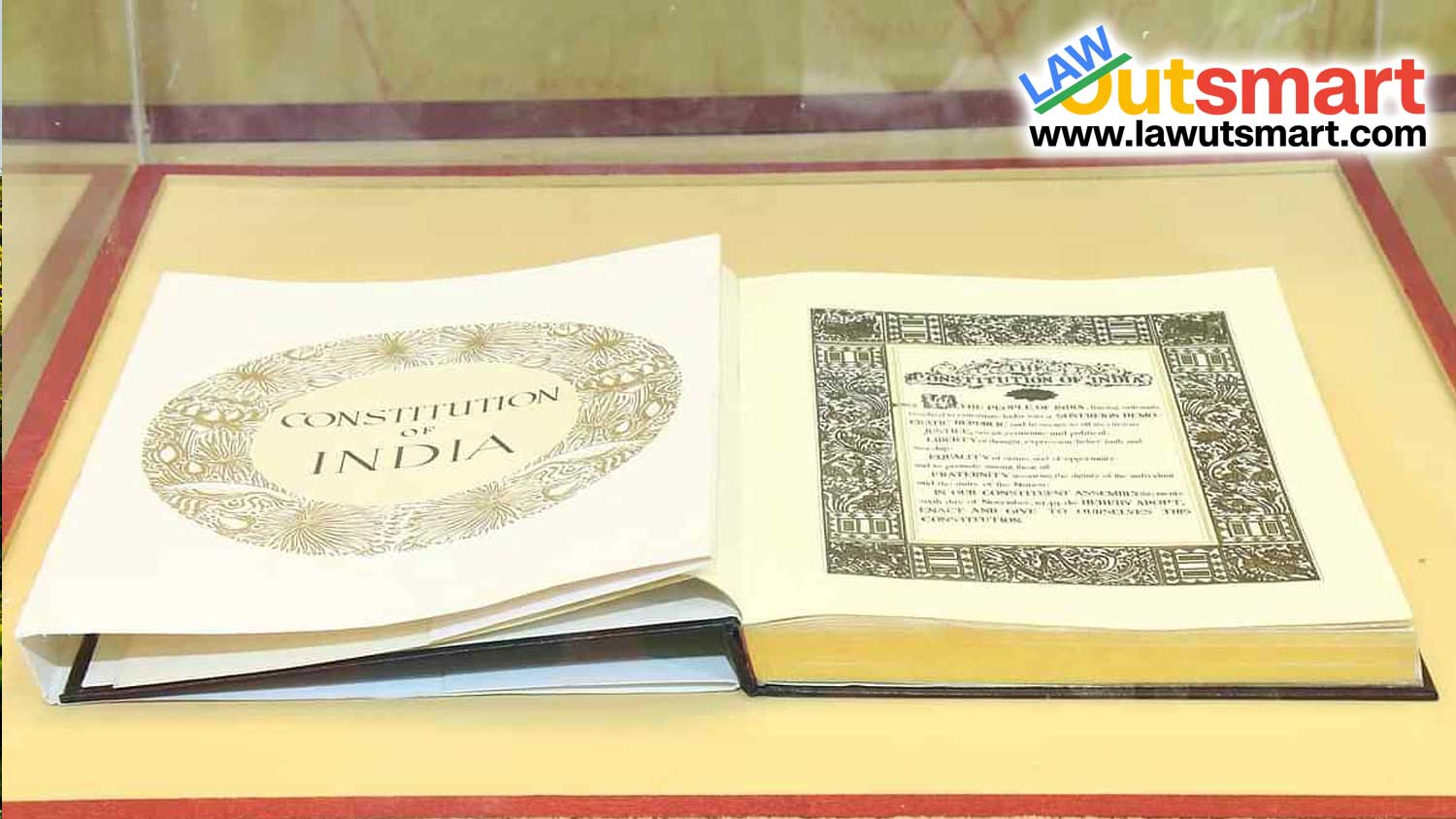The subject of education is a cornerstone for the advancement of any society, particularly in the developing world. India, with its burgeoning population and diversity, faces a unique set of challenges and opportunities when it comes to education. The Right to Education (RTE) Act, enacted in 2009, was a watershed moment for India. It aimed to provide free and compulsory education to children aged 6 to 14 years and heralded the government’s commitment to ensuring that every child in the country has access to education. This article aims to explore the nuances of the Right to Education, examining its historical background, current state, challenges, and future prospects.
Historical Background
India has a long history of education dating back to ancient times, with the Gurukul system being one of the earliest forms of institutional learning. However, years of colonial rule and varying economic conditions led to a significant disparity in education levels across regions and social groups. Post-independence, the Indian government had the colossal task of building an equitable educational framework. The 86th Amendment to the Constitution in 2002 added Article 21A, making education a fundamental right, and laid the groundwork for the RTE Act.
The RTE Act: An Overview
The Right to Education Act, implemented on 1 April 2010, promises free and compulsory education to all children in the age group of 6-14 years. It mandates a minimum standard for school facilities, teacher-student ratios, and curriculum while also prohibiting practices like child labor and corporal punishment. One of its most celebrated features is the 25% reservation in private schools for children from economically disadvantaged backgrounds, aimed at promoting social inclusion.
Achievements Post-RTE
- Increased Enrollment: One of the significant achievements post-RTE has been the increase in school enrollment rates. As per UNICEF, the enrollment ratio in primary education has surpassed 96%.
- Gender Equality: The gender gap in education has narrowed, especially in primary education, encouraging more girls to attend school.
- Standardization: RTE has led to a certain standardization in school education, making it easier to maintain a uniform educational experience across the country.
Challenges
Financial Constraints
Although RTE promises free education, the financial burden is too much for many states to handle effectively. Inadequate funding has led to poor infrastructure, a lack of learning resources, and insufficiently trained teachers.
Quality of Education
The focus on universal enrollment has often overshadowed the question of quality. As per the Annual Status of Education Report (ASER), basic reading and arithmetic skills have declined among students in rural India.
Social Barriers
Despite the legal backing, deeply ingrained social biases against certain castes, religions, and especially girls make the implementation of RTE a significant challenge.
Private School Quota
The 25% quota for economically disadvantaged children in private schools has been met with resistance from various quarters. Critics argue that it leads to economic strain on private institutions and could dilute the quality of education.
Future Prospects and Recommendations
Technological Integration
The integration of technology can provide a solution to the question of quality. E-learning tools can supplement traditional teaching methods and make the educational experience more engaging.
Community Involvement
Greater community involvement in school management and decision-making can help in customizing the education model to cater to local needs.
Policy Reforms
There is a need for reforms aimed at better teacher training, a more practical curriculum, and an effective evaluation system.
Public-Private Partnerships
Building strong partnerships between the public and private sectors can help in sharing the financial burden and enhancing the quality of education.
Conclusion
The Right to Education Act was a monumental step in making education accessible to millions of children in India. While the law has had its share of triumphs, including increased enrollment and greater gender equality, challenges like financial constraints, social barriers, and quality concerns cannot be ignored. The future of this act and, by extension, education in India depends on how well the government and society can work together to overcome these hurdles. As the country progresses towards becoming a global superpower, the importance of education as a driving force cannot be overstated. Therefore, all stakeholders must collaborate and innovate to ensure the Act fulfills its intended purpose, shaping a brighter future for India’s next generation.

